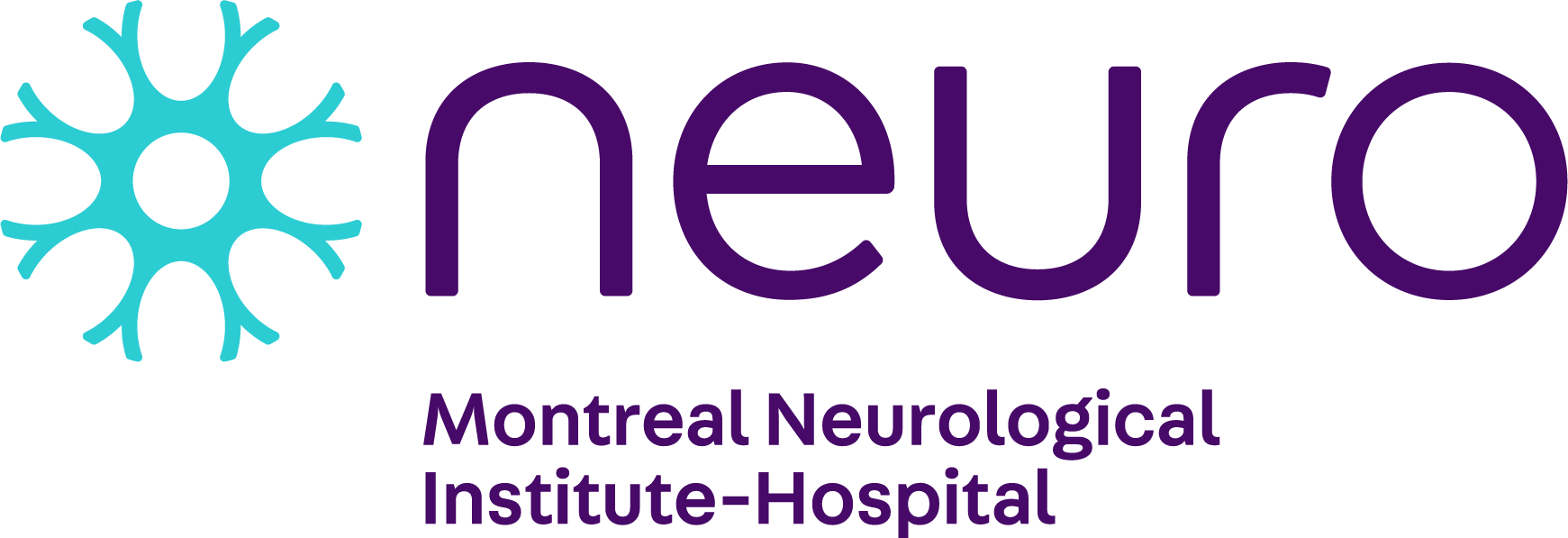Karim Nader, PhD, James ŲĮ╠ž╬Õ▓╗ųą Professor in the Department of Psychology, is a leader in the field of memory research. Perhaps his most groundbreaking paper showed that retrieved fear memories become changeable, requiring new protein synthesis to be re-stabilized through a process termed ŌĆśreconsolidationŌĆÖ. The compelling and mechanistic nature of NaderŌĆÖs work was a paradigm shift for the field, inspiring studies that generalized this phenomenon across behavioral paradigms and species.
On Aug. 22-23, 2022 Prof. Nader will be honoured with a symposium in his name which will focus on the molecular and systems neuroscience of cognition.
He spent some time to answer a few questions about his research.
In your TEDx talk recorded in 2012 you mentioned that your paper from 2000 on memory reconsolidation got backlash from the older generation of scientists but the younger generation embraced it. Now that the ŌĆ£younger generationŌĆØ of 2012 is ten years older, how has mainstream thinking on the mechanics of memory changed?
Research in the field of memory has exploded since the publication of this paper. ThatŌĆÖs a good thing, because the invigorated research on learning and memory has led to new discoveries that have has revolutionized our understanding of memory in general; of the brain systems and mechanisms involved in memory stability and change; and has advanced new hypotheses about the role of reconsolidation as a memory phase on human adaptation.
Not only the ŌĆ£younger generationŌĆØ of 2012, but also some of the ŌĆ£older generationŌĆØ now understand and have come to accept the scientific fact that memories are not stored once and forever, they are transient and evolving all the time. It is not only the mainstream thinking in the neuroscience field that has changed; the findings from basic neuroscience research on reconsolidation have sparked enthusiasm and excitement among applied scientists who have been in the lookout for new treatments targeting psychological ailments characterized by memory disturbances.
As we speak, the number of experiments targeting memory reconsolidation in humans with or without psychological ailments is growing exponentially. The hope is the day on which clinicians will be able to treat people with PTSD, phobias, addictions, OCD and more, using reconsolidation-based treatments is not far.
How closer are we to being able to reliably manipulate memories in humans since your groundbreaking paper from 2000?
Since my 2000ŌĆÖs paper, research on reconsolidation has matured significantly to the point where an ever-increasing body of research has focused on targeting reconsolidation as a memory phase to manipulate memories of all types in humans. A review of this research provides strong support for the reconsolidation hypothesis; that is, memories are malleable to change upon their reactivation.
Notwithstanding the growing evidence in support of reconsolidation, further research is needed to better understand the conditions and neurobiological mechanisms involved in this memory phase in humans. This should not come as a surprise given the complexity of human memory and the multitude of individual factors that determine human subjective experience.
ItŌĆÖs been mentioned that your work inspired the plot of the film Eternal Sunshine for the Spotless Mind. Could you tell us how that came about?
My 2000 discovery on erasing emotional memories, which are supported by a very specific brain region ŌĆō the amygdala ŌĆō in rats and the 2004 sci-fi romance about erasing traumatic memories by targeting specific brain regions are more than coincidental. It has often been said that my discovery has been considered inspirational to the Eternal Sunshine of the Spotless Mind. However, I do not have definite evidence that the plot of the movie was indeed inspired by my work.
What are your hopes for the future of memory research?
In the future, it would be essential to show reconsolidation across all memory types and brain regions as well as to elucidate the neurobiological mechanisms involved in memory plasticity and stability. For example, an important question that has not been asked yet involves the interplay between reconsolidation and long-term memory maintenance mechanisms: does reconsolidation affect the neural substrate of long-term memory and how specifically? Similarly, it is crucial to identify the range of, what are coined as, ŌĆ£boundaryŌĆØ conditions, such as the age or strength of the memory, and how they impact reconsolidation. Lastly, if we were to harness reconsolidation as therapeutic target in humans, more translational work is needed to unleash the reconsolidationŌĆÖs full potential.
╠²
Originally posted in .




